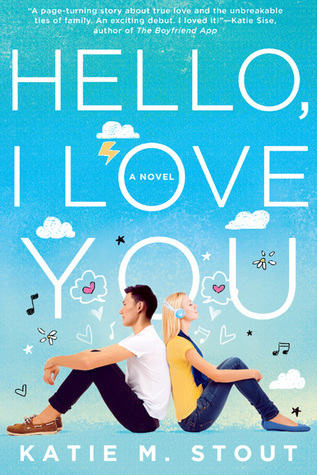Everyone has their own fears and phobias, whether it be heights, spiders, or clowns. But what about the story elements that terrify us in literature? From chilling settings to menacing villains, there are certain aspects of stories that can send shivers down our spines and keep us awake at night. Here are the top ten story elements that terrify me personally:
1. Unreliable Narrators: There’s something unsettling about not being able to trust the person telling the story. An unreliable narrator can twist the truth, manipulate the reader, and leave us questioning everything we thought we knew.
2. Isolation: Being alone in a remote location, cut off from civilization, is a fear that many people share. The feeling of helplessness and vulnerability that comes with isolation can create an eerie sense of dread.
3. Haunted Houses: Whether it’s ghosts, demons, or malevolent spirits, the idea of a haunted house is a classic horror trope that never fails to give me the creeps. The thought of being trapped in a place filled with paranormal activity is truly terrifying.
4. Psychological Horror: The most terrifying stories are often the ones that mess with your mind. Psychological horror delves into the darkest corners of the human psyche, exploring madness, obsession, and the thin line between reality and delusion.
5. Unexplained Phenomena: Sometimes, the scariest stories are the ones that don’t provide clear answers. Unexplained phenomena like mysterious disappearances, strange occurrences, and supernatural events can leave us with a sense of unease that lingers long after the story is over.
6. Body Horror: The idea of something going horribly wrong with the human body is a visceral fear that many people can relate to. Body horror explores themes of deformity, mutilation, disease, and transformation in ways that are both horrifying and fascinating.
7. Claustrophobia: The fear of confined spaces can be a powerful storytelling tool, trapping characters in tight, cramped environments where escape seems impossible. The feeling of suffocation and claustrophobia can create a sense of mounting tension and desperation.
8. Dystopian Societies: The thought of living in a bleak, oppressive world where freedom is restricted and individuality is suppressed is a chilling concept. Dystopian stories explore themes of totalitarianism, surveillance, and control, offering a stark warning about the dangers of unchecked power.
9. Cosmic Horror: Lovecraftian horror, also known as cosmic horror, deals with the incomprehensible and the unknown. It explores themes of existential dread, cosmic insignificance, and the overwhelming terror of the unknown, tapping into our fear of the vast, uncaring universe.
10. Loss of Identity: The idea of losing oneself, whether through amnesia, possession, or identity theft, is a terrifying prospect. Stories that explore the loss of identity can tap into our deepest fears of losing control, losing ourselves, and losing everything that makes us who we are.
In conclusion, storytelling has the power to evoke a wide range of emotions, from joy and wonder to fear and dread. The ten story elements listed above are just a few examples of the literary devices that can send a chill down our spines and keep us on the edge of our seats. Whether it’s the fear of the unknown, the terror of the supernatural, or the horror of our own minds, these story elements have the ability to haunt us long after the final page is turned.



